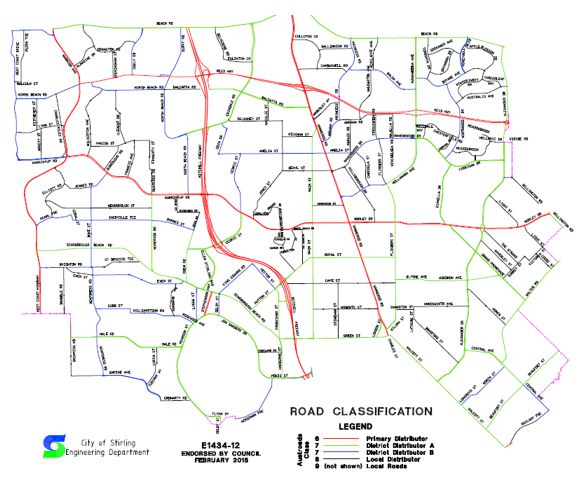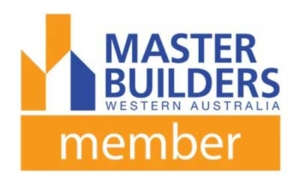Case Studies
Case Study 1: Long steep driveway with no room to reverse
In this case study, the personnel and vehicle access into this home is built into the beautiful Blackwall Reach cliffs with the home built on top of the cliff to afford the home with stunning views across the Swan River and the Indian Ocean. Due to the position of the garage and adjacent properties, there was no room to incorporate a reversing bay however the driveway is long and steep with a fall of 17m along the 52m driveway.
For this house to be positioned to take advantage of the stunning views while providing practical and functional access to the property, the owner elected to install a single car turntable recessed into a pit. Upon entry, the driver parks on the turntable and is rotated through 180 degrees and then reverses into the garage. Occupants can then exit the property in forward gear directly from the garage.
By positioning the turntable outside the garage, the turntable can be used by the residents of the property and visitors without negotiating the steep and narrow driveway.
Case Study 2: Rear house with reversing bay – exploring the alternative
In this case study of a rear property, the access way is narrow and steep due to the position of the beautiful character home located on the front of the block.
A reversing bay was incorporated to meet the requirement of entering the street in forward gear to achieve Development Approval.
The video shows the operation of the reversing bay with the car requiring a 3-point turn to facilitate the manoeuvre into the reversing bay before being able to drive forward out of the driveway.
An alternative to the reversing bay is a single car turntable installed directly outside the garage. This would allow the driver to drive straight onto the turntable, rotate through 90° at the press of a button and then drive straight into the garage. To leave the property, the car would need to be reversed straight onto the turntable and then rotate 90° in the opposite direction to then exist in forward gear. It would also be easier to park two cars into the garage as the cars approach the garage straight and do not need to allow for the “swept path” of a turning car as defined by AS2890.1 Parking Facilities – Part 1: Off-street Car Parking.
The reversing bay measures approximately 4 x 5m and the average cost of land in the suburb is approximately $1150/m2, therefore the cost of the reversing bay is more than the cost of the turntable. The reversing bay could then be re-utilised as an additional room, increased floor space or a larger backyard or rear courtyard for higher project profits or for family enjoyment for the homeowner. The larger back yard may even allow the homeowner to squeeze a pool into the back yard that would otherwise not be possible.
Case Study 3: City of Stirling Parking and Access Policy & Road Classification
In this case study, we explore the requirements in the State Planning Policy 7.3: Residential Design Codes – Volume 1 (R-Codes), Clause 5.3.5 Vehicular Access (C5.4) that states that driveways designed for two way access, are to allow for vehicles to enter the street in forward gear where the street to which it connects is designated as a primary distributor or integrator arterial road.
In the case of the City of Stirling, a primary distributor or integrator arterial road includes (primary) and District Distributor A and B roads as per the attached City of Stirling Functional Road Hierarchy map. Therefore, all lots including front lots, shall be designed such that a vehicle is able to be manoeuvred to face the road in a forward direction and enter the street in forward gear.
A reversing bay is generally 6m x 4 m and is a substantial portion of the land that could be utilised in a more efficient way to increase the value of the property.
Section 6.7 of the City of Stirling Local Planning Scheme No. 3 details the same requirement in 8.2.2. Non-Residential Service Access that service access shall be constructed such that vehicles using it may return to a street in forward gear.
A turntable allows for an alternative method to manoeuvre a car or service vehicle by simply rotating the vehicle on the spot, drastically reducing wasted space and therefore increasing development profits.




